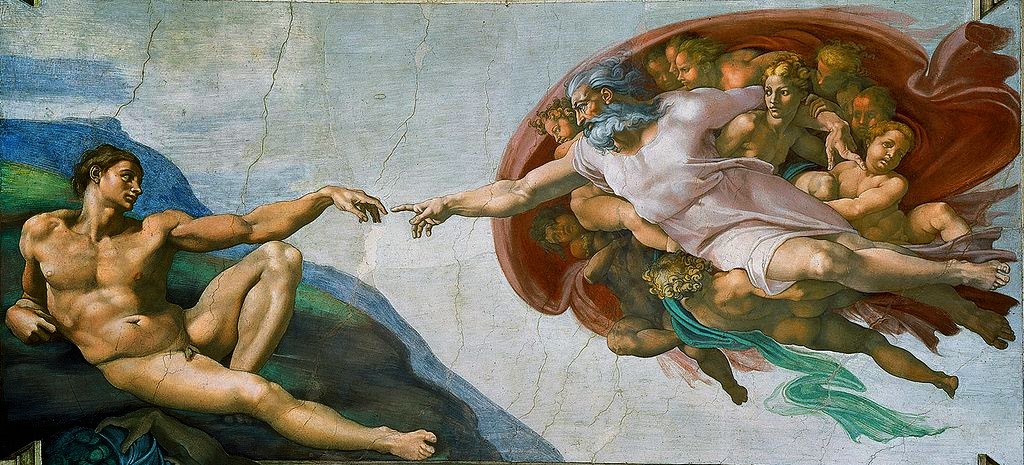Relief of Queen Nefertiti, 1352-1356 BC is a relief sculpture carved in Karnak sandstone. The height is twenty-two centimeters and the width is thirty-two centimeters wide. This sculpture shows Queen Nefertiti raising her arm to symbolize her offering to Aten. On top of her head she is wearing an elegant wig. Above the wig originally was a towering crown of uraei, sun disk, two cow horns and two feathers. Behind Queen Nefertiti is hieroglyphs and in front of her it is said that the rays hitting her face and arm indicates that the sun disk was directly overhead. Her facial features are exaggerated like some of the pieces of Amarna art.
Parthenon frieze, Greek, 438-432 BC is a carved sculpture on a marble block that was placed by the corner of the west frieze of Parthenon where it turned on to north. The height is one hundred centimeters long. The horsemen appear as if they are moving at a fast pace but are pushing back so they do not ride off the edge of the frieze. The horsemen in front is twisting his torso to his fellow horsemen with his arm raised up and his hand disappearing to the back of his head. The clothing is draped and helps show the movement of this piece. The body is shaped in a strong manner that could possibly indicate strength and youth.
Egyptian and Greek art techniques and style are completely different from each other. Relief of Nefertiti is telling a story that shows exaggerated features, symbolism of worship, and has words (hieroglyphs) written on the stone. The body portions are exaggerated like a cartoon that looks fun and interesting. The hieroglyphs on the side has meaning and shows that art can be communicated in words. Egyptian art has lot more to do with rituals, symbolism, exaggeration and story telling. While the Parthenon Frieze is natural. Depending on the viewer you can image the conversation these horsemen have exchanged and the possibilities are endless. Horseman clothing and the horses show movement as if this work of art is moving with you as you pass by it. Greek art shows more naturalism and shows movement which tells a story but can vary between viewers. Egyptian and Greek Art may be very different but if we compare the sculptures they both are telling us a piece of history and they are both sculpted beautifully.
Citations
http://www.metmuseum.org/toah/works-of-art/61.117
http://www.britishmuseum.org/explore/highlights/highlight_objects/gr/h/horsemen_-_west_frieze.aspx

No comments:
Post a Comment